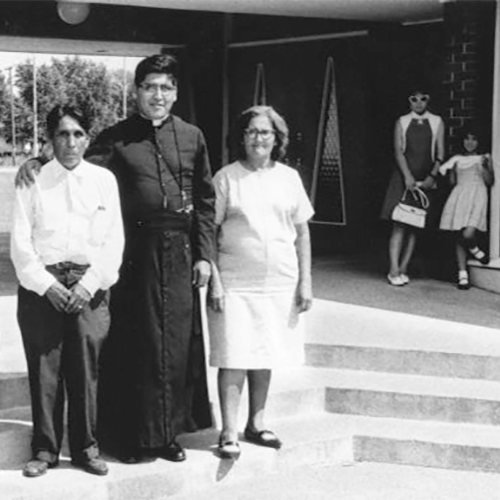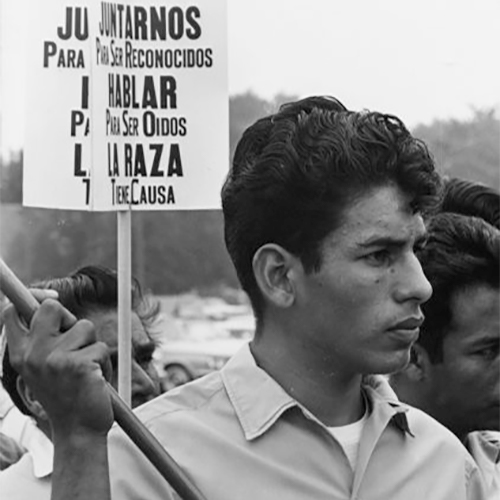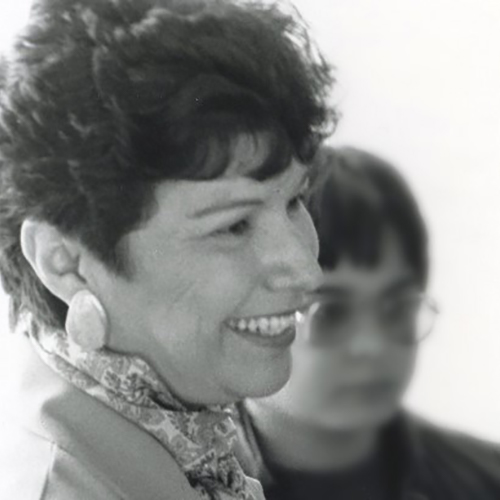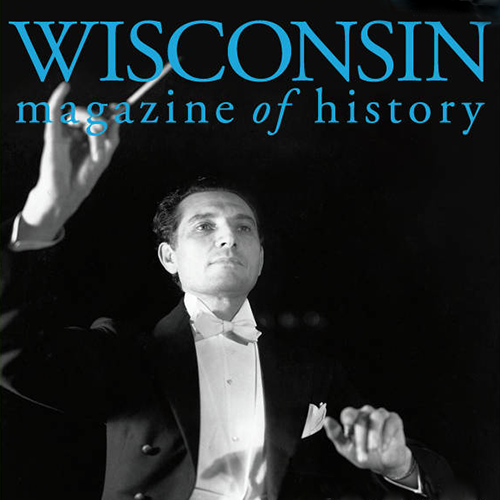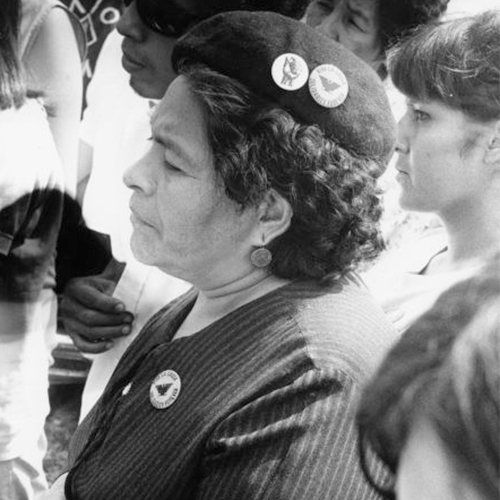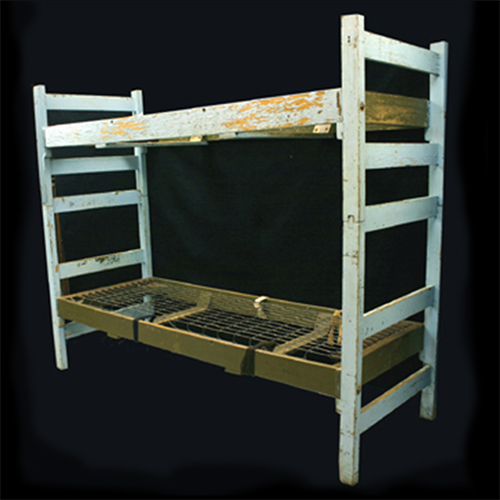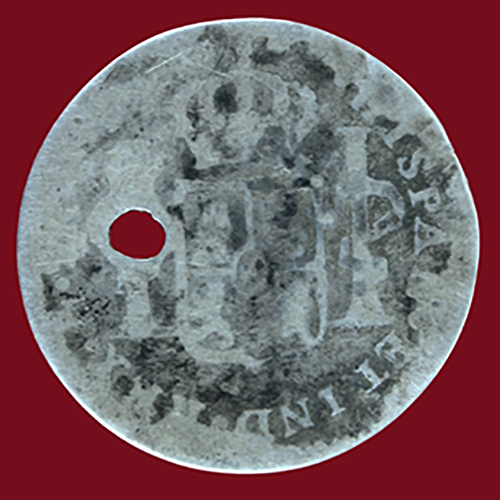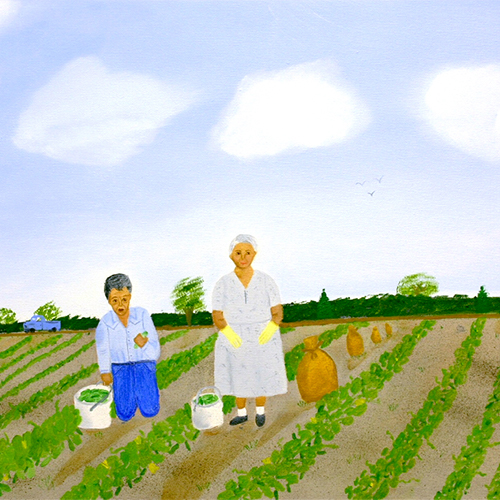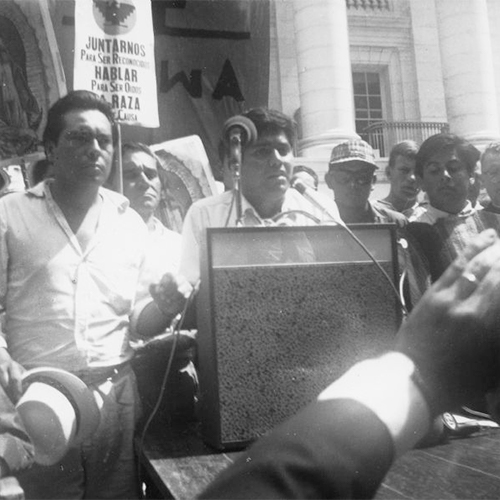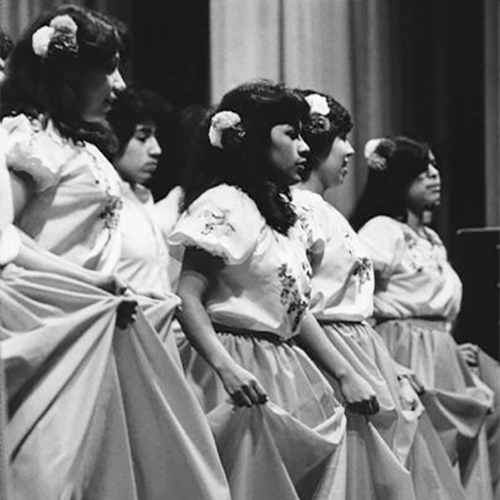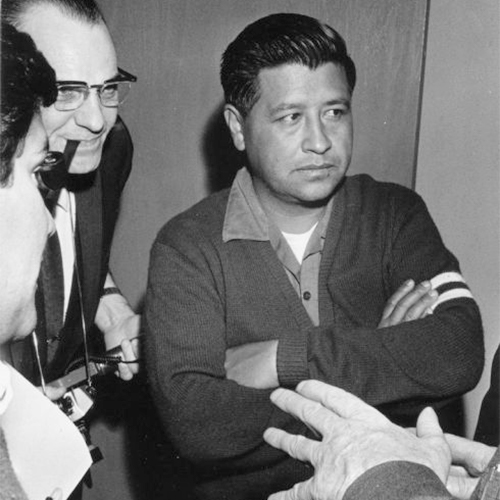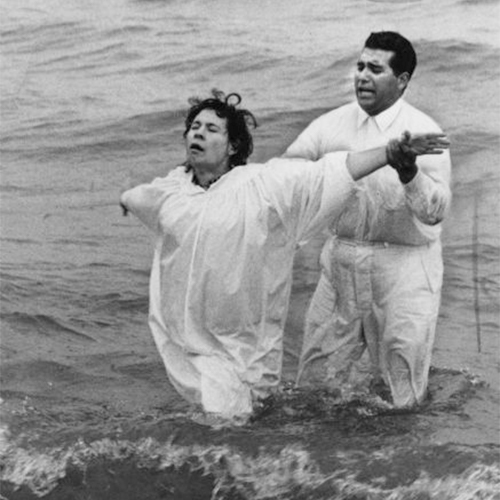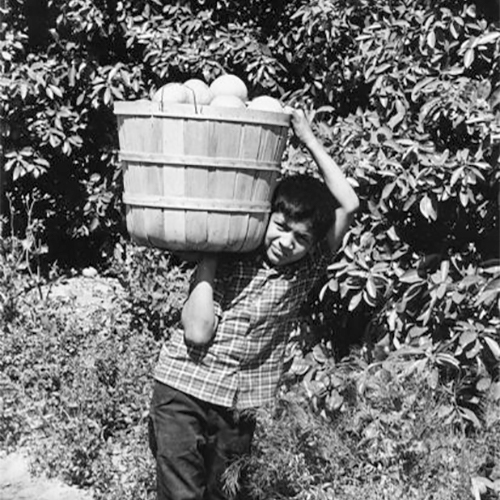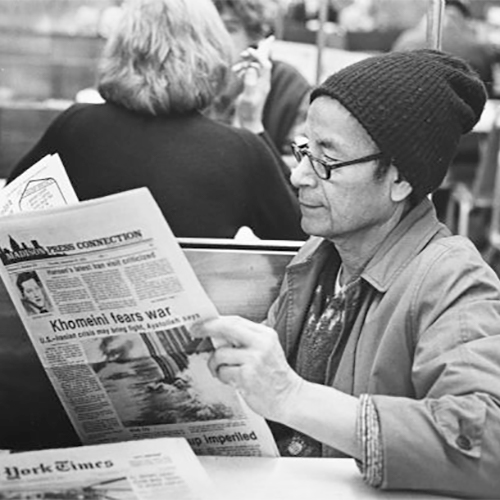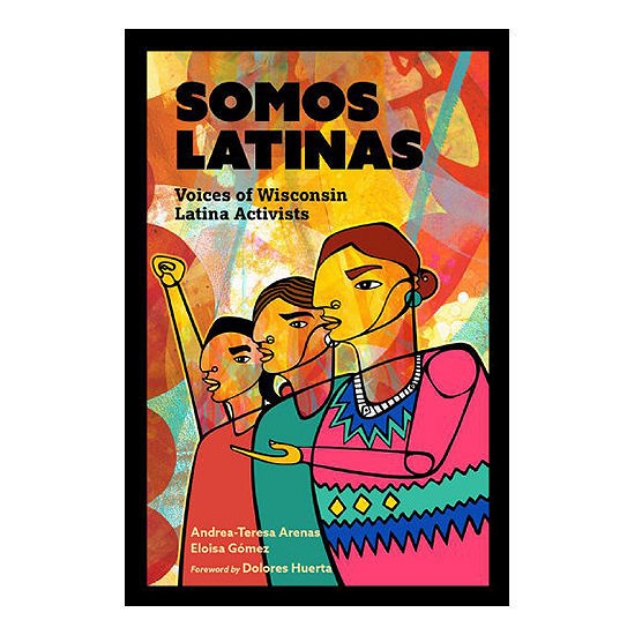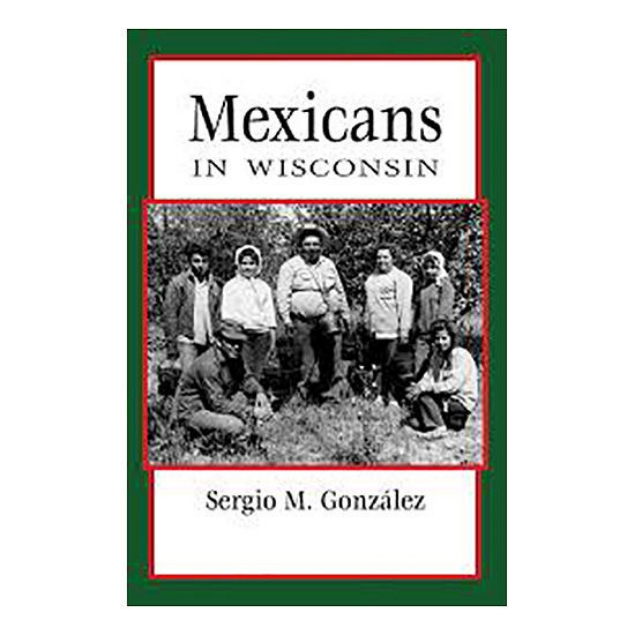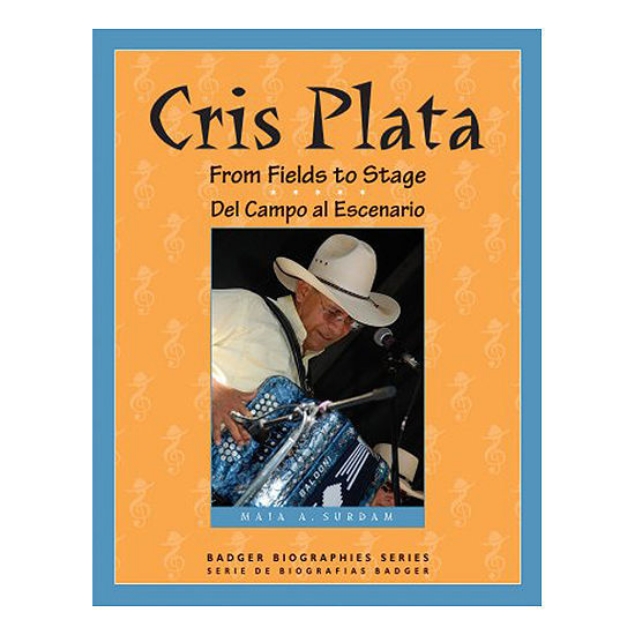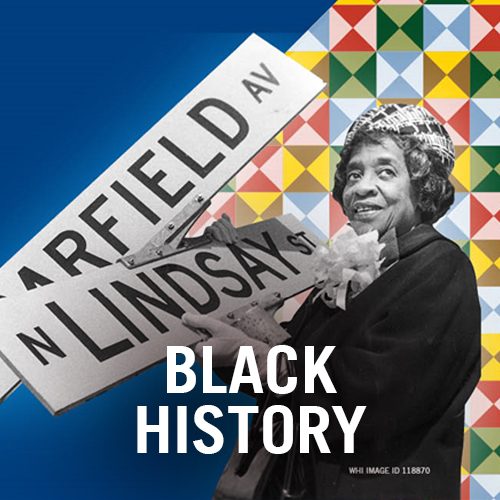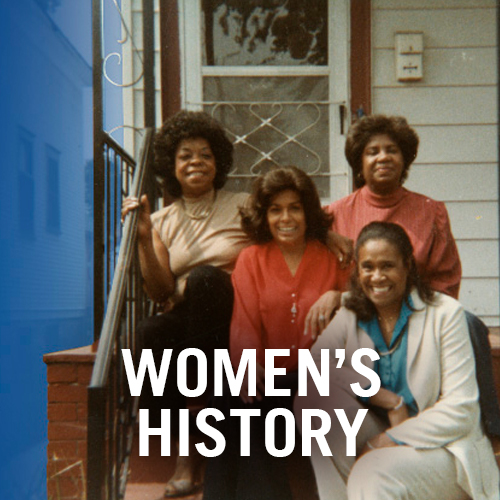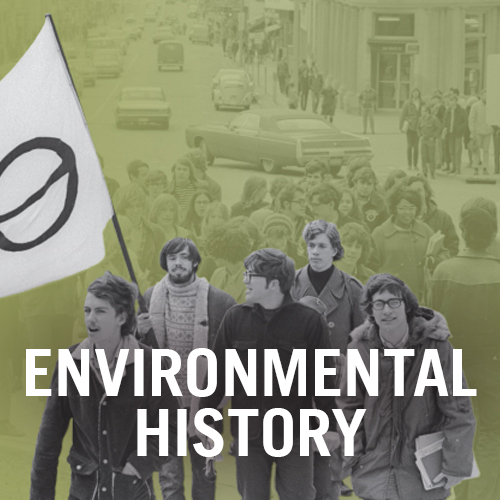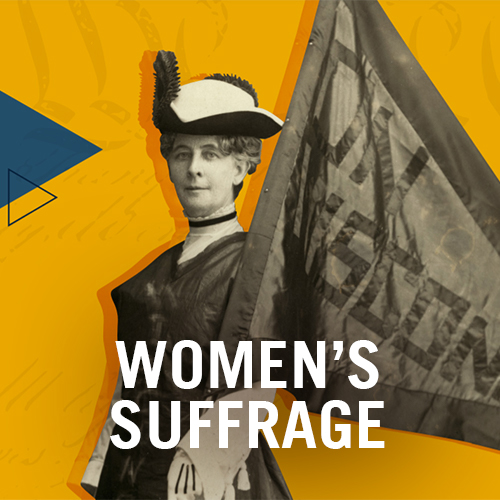Hispanic History | BIG History
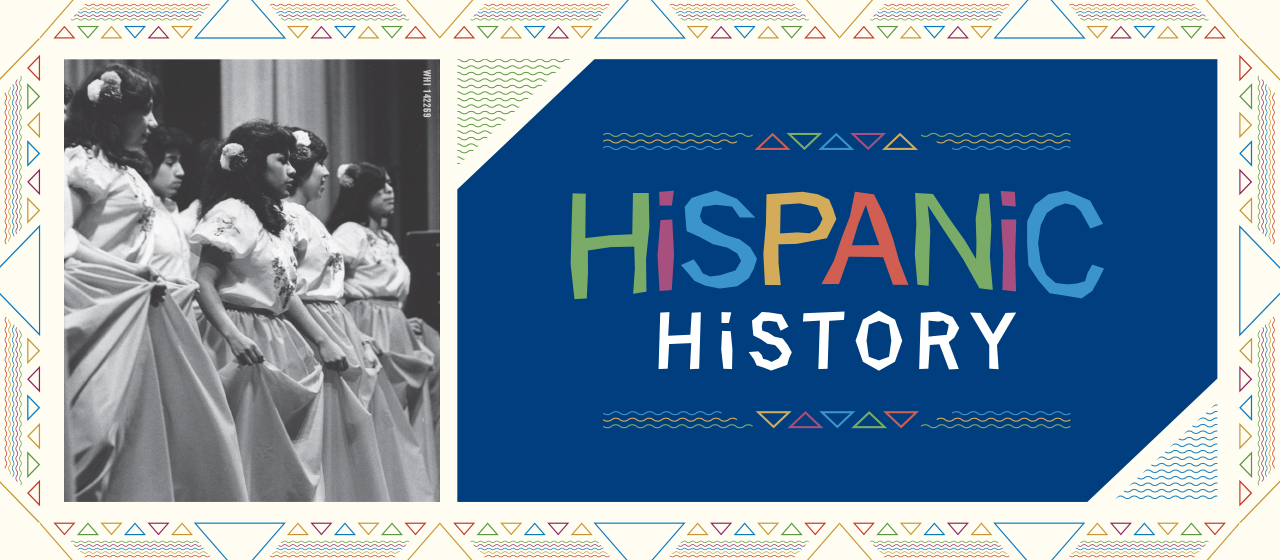
Celebrating BIG Moments: Hispanic History in Wisconsin
Hispanic Americans have lived in Wisconsin since before statehood, but the largest wave of migration came during and after World War II when an increased demand for food and simultaneous shortage of labor during the war created a demand for agricultural workers. Government programs permitted employers to hire foreign workers to work in the fields, and between 1942 and 1964, millions of Mexican farm laborers came to the state.
Today, Mexicans are the largest Spanish-speaking group in Wisconsin. Mexicans arriving in the 1950s and after have found an established community to settle into, particularly in Milwaukee. Another fast-growing group of Spanish-speaking residents is Puerto Ricans, who began arriving in Wisconsin in the late 1940s. They were drawn to industrial jobs in Milwaukee, Kenosha and Racine counties. Wisconsin is also home to political refugees and other immigrants from Cuba, El Salvador, Colombia, Nicaragua, and other countries.
The Society has put together a page with stories, images, and artifacts from our history collections. These items just scratch the surface of the history of the communities that immigrated from Central and South America to Wisconsin. Please take an opportunity to explore these resources below.
Obreros Unidos
IBPA Book Award Winner
2024 Gold - Multicultural
In Obreros Unidos, labor leader Jesus Salas shares an insider’s look at the farmworkers movement and its work to address violations of minimum wage laws and housing codes and provide services to migrant families. This memoir details the fight for fairness and respect and its lasting impact for Chicano and Latino Americans.
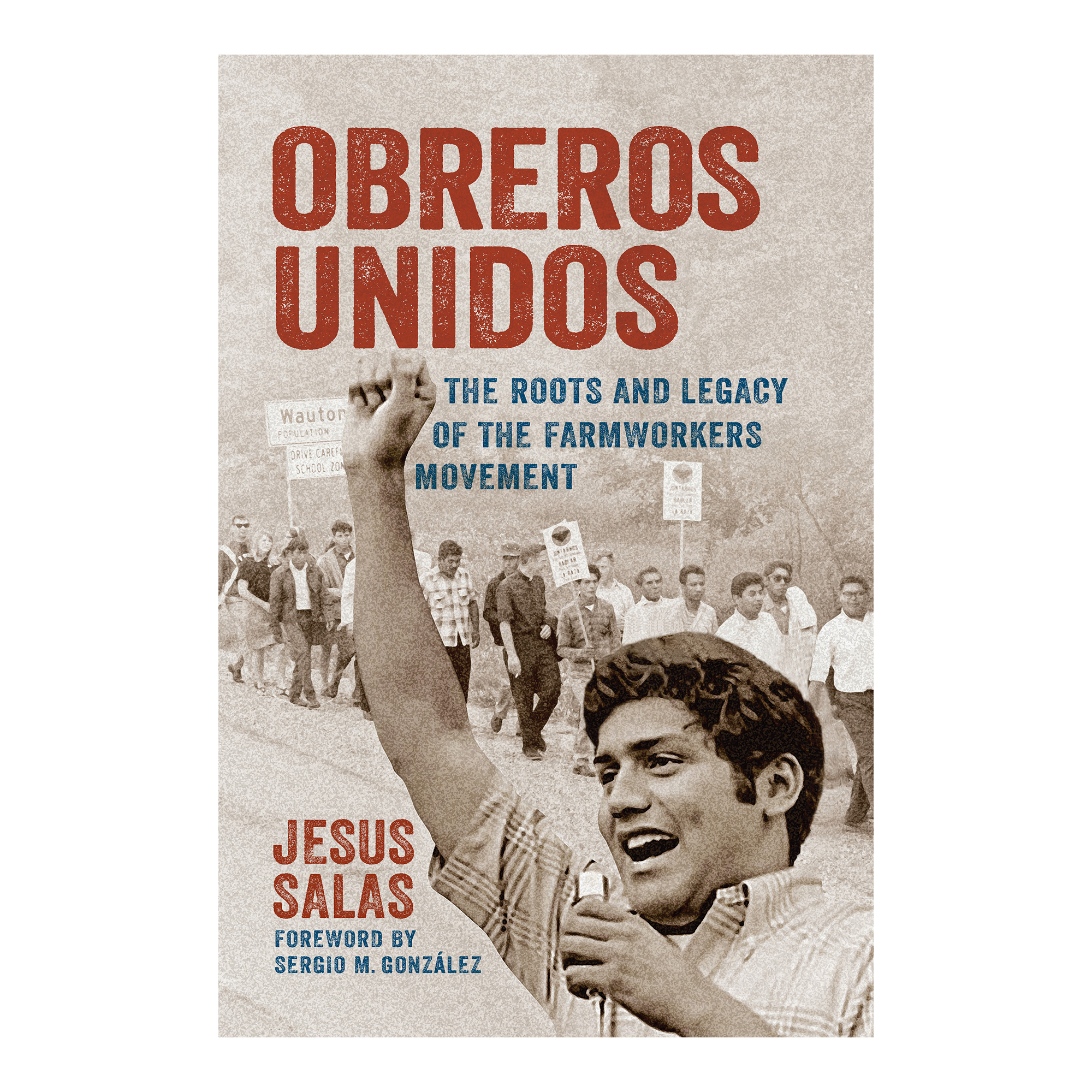
Explore Hispanic History
Learn more about the history of Mexican, Floridian, and Texan immigrants to Wisconsin through these historical essays.
More Historical Essays
Obreros Unidos | Ramona Villarreal | Maria Luisa Morales | Debra Amesqua | Camille Guérin-Gonzales | JoCasta ZamarripaFascinating Items From Our Historical Collections
The Society has many items related to Latinx heritage available to explore in our online collections. Here are a few highlights.
Compelling Images from the Our Historical Collections
Read More from the WHS Press
Check out these related books from the Wisconsin Historical Society Press, available at your favorite book retailer, online, or through most e-book vendors.
Shop Here
